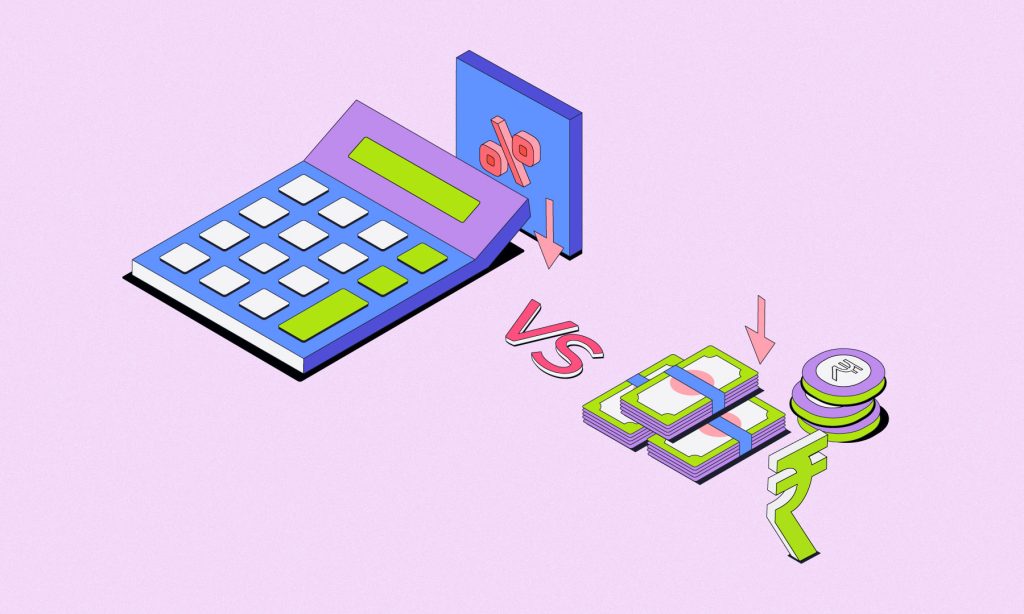It’s easy to understand why people confuse the terms APR and APY. Of course, there’s the obvious fact that the two are similar sounding. But there’s more to it than that. They are both used to calculate interest. And they define how much you earn or pay. But understanding them isn’t so hard. Not when you have us break down the differences.
Introduction to APY and APR
Annual Percentage Yield (APY) is the annual return on investments after taking compounding interest into account. APR, on the other hand, is the percentage that a borrower will pay or an investor will earn on an annual basis. Unlike APY, it does not take the compounding of interest into account. It takes simple interest on board, instead.
Understanding the basics and purpose of APY and APR in financial calculations
To understand the basics of these terms, compound interest should be examined a bit closely. In the most basic sense, compounding is the earning or paying of interest on previous interest. Both types of interest then combine to form the principal sum for the next period. It is most profitable to maximize compounding on investments and minimize it on loans.
Simple interest, on the other hand, does not involve compounding. It is simply the annual interest rate multiplied by the principal amount.
It is important to understand whether a loan or an investment uses APR or APY because the difference can translate into a lot of money. Banks, for instance, sometimes quote the APR while advertising a loan. But then you end up paying the APY—a much higher sum.
What is APY?
APY indicates the returns earned on an investment or sum paid for loan repayment after compounding interest. The compound interest makes the interest payment more prominent/it increases the compensation. That means the interest will be higher with APY.
An explanation of the definition and concept of Annual Percentage Yield (APY)
Because the APY interest rate includes the effect of compounding, it takes the principal and the accumulated interest on interest over the years. To calculate APY, you can use the following formula:
APY = (1 + r/n)^n – 1
Here, r is the interest rate and n represents the number of compounding periods.
What is APR?
The Annual Percentage Rate or APR is the interest investors receive on an annual basis if they do not reinvest the interest. However, it also includes the additional cost and fees for every transaction.
The mention of this rate can sometimes confuse consumers and aid in misleading advertising.
An explanation of the definition and concept of Annual Percentage Rate (APR)
The APR takes simple interest into account, so there is no compounding involved. This is usually a smaller sum as there is no interest on interest.
In other words:
APR = Periodic rate x Number of periods in a year
A comparison of APY and APR
Just to be clear, let’s take a minute to examine the differences more closely.
An exploration of the differences and similarities between APY and APR
Investments that have an APY usually come with higher returns. Investment products of this type include high-yield saving accounts and money market funds. The higher rate makes these products look more attractive to customers. The converse is true for loans.
While taking loans, one needs to calculate the APY and not APR to know the real costs involved. Otherwise, although the rates seem low, you could end up paying a huge sum.
Considerations when choosing between APY and APR
- The APY provides the account earning potential, but the APR shows the actual owned one. The two metrics calculate the interest rate and progress per year.
- If APR is used to calculate the annual rate, it can be an advantage for borrowers seeking the best price points.
- APY is based on the annualized rate, which includes compound earnings. It is better to look at the APY while investing, as they offer a more accurate representation of returns.
Factors to take into account when deciding which rate to use in financial calculations
- Profits and payments are based on the APY and APR. That’s why it’s important to keep the following in mind at all times.
- You must know how frequently the interest compounds. For example, interest may compound weekly, daily, quarterly, or yearly. The more frequent the compounding, the higher the gains for the account and the costs for credit accounts.
- You also need to know whether the rate will change. Also, find out what the rate will become when the period ends.
FAQs
Which is better APR vs APY?
APY (Annual Percentage Yield) is generally better as it considers compounding, giving a more accurate representation of returns than APR (Annual Percentage Rate).
What is the difference between APR and APY in crypto?
APR (Annual Percentage Rate) in crypto represents the nominal interest rate, while APY (Annual Percentage Yield) accounts for compounding, giving a more accurate return estimate.
Can APR be equal to APY?
No, APR (Annual Percentage Rate) does not account for compounding, while APY (Annual Percentage Yield) does, making them typically different.
Is APR monthly or yearly?
APR (Annual Percentage Rate) is a yearly rate that represents the cost of borrowing or the return on investment, typically not monthly.








